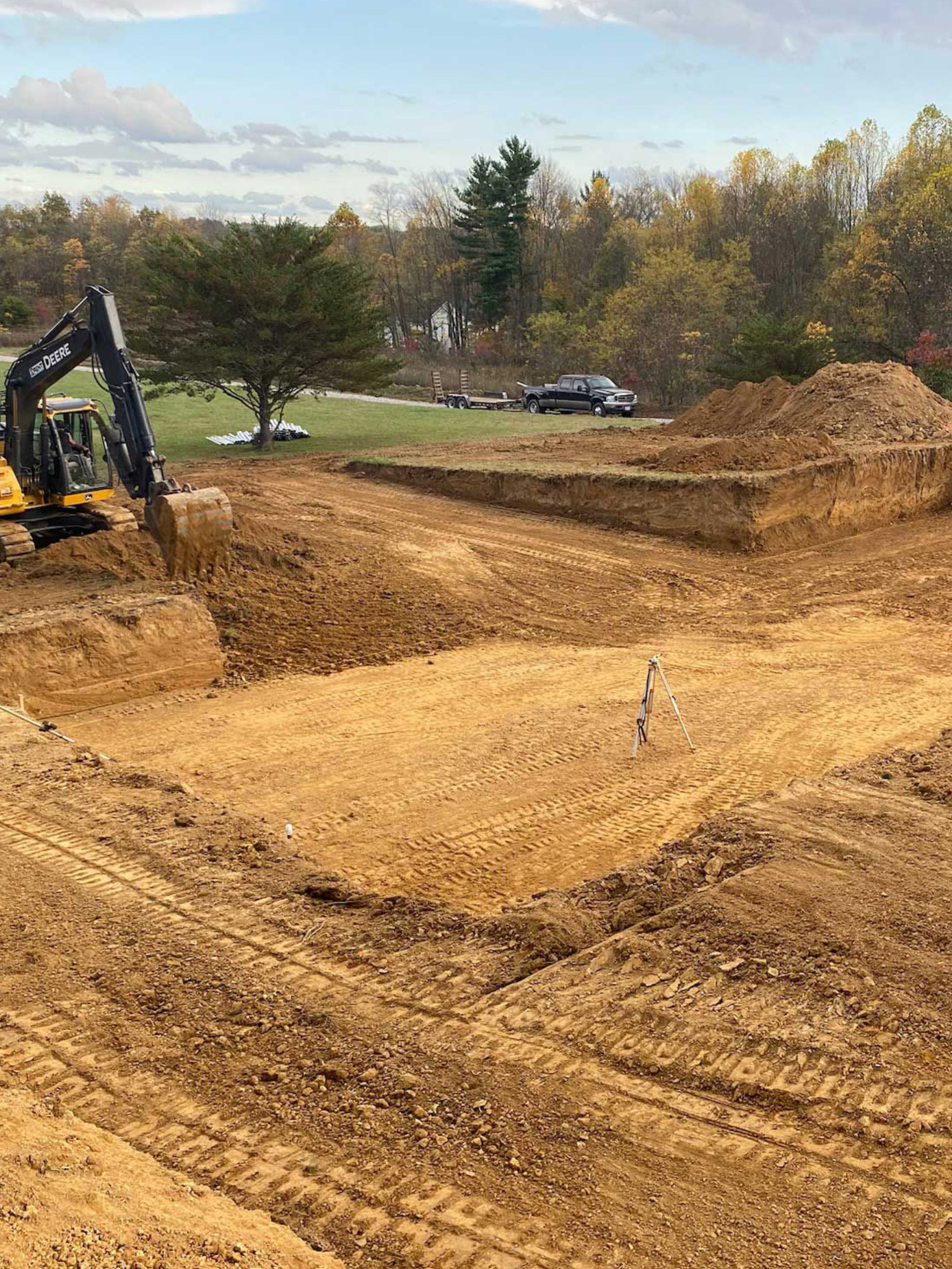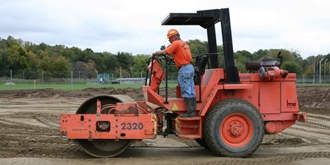Expert Septic Ohio - Relied On Septic System Specialists in Ohio
Expert Septic Ohio - Relied On Septic System Specialists in Ohio
Blog Article
Comprehensive Excavation Methods: Understanding the Principles for Success
The careful preparation, accurate implementation, and thorough attention to information required in excavation jobs require a thorough method that encompasses various basic facets. The true mastery exists not merely in understanding these basics however in flawlessly integrating them to browse the intricacies of excavation jobs with skill.
Understanding Excavation Task Planning

Successful excavation tasks are constructed on the foundation of complete and precise preparation. The initial phase of any type of excavation job is the preparation stage, where critical decisions are made that can considerably influence the outcome of the project. During this phase, it is necessary to gather all relevant information concerning the site, including topographical surveys, soil structure, and any kind of possible risks that may exist. Understanding the job range, timeline, and budget plan constraints is essential for producing a thorough excavation strategy that guarantees the project's success.
One trick facet of excavation task preparation is the advancement of an in-depth timeline that outlines the series of milestones, activities, and deadlines. By meticulously thinking about all these factors during the planning phase, excavation projects can be performed effectively and properly, leading to effective results - septic ohio.
Dirt Analysis and Website Examination
Performing thorough dirt analysis and website evaluation is a crucial action in the preparation phase of any kind of excavation task. Dirt analysis involves determining the make-up, framework, and residential properties of the soil at the excavation website. This details is important for understanding the soil's bearing capacity, wetness web content, and potential for erosion, which are vital aspects in identifying the excavation approaches and tools needed for the project.
Website examination goes beyond soil evaluation and includes a broader evaluation of the total site problems. This assessment consists of identifying any kind of possible risks, such as underground utilities, environmental problems, or unstable terrain, that might impact the excavation process. By completely examining the website, job managers can develop effective excavation methods that focus on safety, effectiveness, and ecological protection.
Making use of innovative technologies like ground-penetrating radar, soil sampling, and drone surveys can improve the accuracy and efficiency of soil evaluation and site analysis. Spending time and sources in these initial steps can inevitably save time and stop pricey delays or complications during the excavation process.
Devices Selection and Use
Efficient excavation tasks count heavily on calculated tools selection and usage to make certain optimum performance and performance. Picking the ideal devices for the job is critical in maximizing effectiveness and lessening downtime. Aspects such as the kind of soil, depth of excavation, and job extent play a substantial role in establishing one of the most suitable devices for the task at hand.

In addition to picking the ideal equipment, proper usage is crucial to project success. Operators should be educated to take care of the tools safely and successfully - lancaster trenching. Routine maintenance checks and timely fixings help stop failures and make sure consistent performance throughout the task
Safety Procedures and Laws Compliance
In the realm of excavation projects, prioritizing precaution and compliance with regulations is paramount to guaranteeing a lawfully sound and safe functional atmosphere. Safety and security steps encompass a range of techniques, including conducting thorough website assessments, implementing correct signage and obstacles, and providing sufficient safety and security training for all Check Out Your URL personnel entailed in the excavation process. Adherence to regulations, such as OSHA needs in the USA, guarantees that the excavation task fulfills the required standards to secure workers, bystanders, and the surrounding setting.

Tracking Development and Adjusting Methods
How can predict managers properly track the innovation of excavation tasks and adjust their approaches as necessary to optimize outcomes? Monitoring progress is important for ensuring that excavation projects remain on track check it out and fulfill due dates. Job managers can utilize numerous tools and techniques to track progress, such as day-to-day report card, regular website examinations, and advanced monitoring modern technologies like drones and GPS tracking systems. By constantly keeping track of the task's advancement, supervisors can identify any type of possible hold-ups or concerns early and take aggressive actions to address them.

Verdict
In conclusion, grasping the fundamentals of thorough excavation strategies is crucial for the success of any type of task. By understanding job preparation, examining dirt and site conditions, selecting ideal devices, abiding helpful site by safety and security regulations, and checking progression, job supervisors can make certain a smooth and reliable excavation process. Implementing these methods will result in effective outcomes and minimize prospective risks or obstacles throughout the excavation project.
The first stage of any excavation task is the planning stage, where essential decisions are made that can significantly affect the outcome of the project. Comprehending the task budget, timeline, and scope restrictions is vital for developing an extensive excavation strategy that ensures the job's success.
Just how can predict managers efficiently track the development of excavation projects and adjust their strategies appropriately to enhance end results? By carefully monitoring development and being prepared to adjust approaches, job supervisors can improve the general success of excavation jobs.
By recognizing project planning, examining soil and site conditions, choosing proper equipment, conforming with safety and security laws, and monitoring progress, project managers can ensure a smooth and reliable excavation procedure.
Report this page